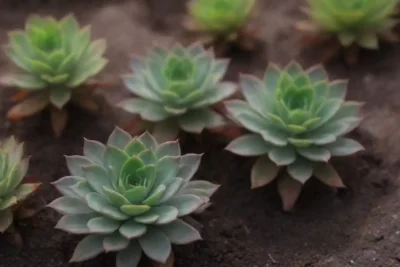
Maximizing Growth Potential in Succulents with Propagation Techniques

Introduction
Succulents are a diverse group of plants known for their ability to store water in their leaves, stems, or roots, allowing them to thrive in arid conditions. These charming plants come in various shapes, sizes, and colors, making them incredibly popular among plant enthusiasts and casual gardeners alike. The appeal of succulents goes beyond their striking aesthetics; they are also relatively low-maintenance, drought-resistant, and can be propagated easily, which makes them an ideal choice for those who wish to expand their plant collection or share their passion for gardening with others.
In this article, we will delve into the various propagation techniques for succulents that will help you maximize their growth potential. We will cover the different methods of propagation, discuss the best practices for ensuring a successful outcome, and explore how you can foster a thriving collection of these beautiful plants without the need for expensive purchases. Whether you are a seasoned gardener or a beginner looking to dabble in the world of succulents, this comprehensive guide will equip you with the knowledge and techniques necessary to successfully propagate and care for your succulent plants.
Understanding Succulent Propagation
Propagation is the process of creating new plants from a parent plant, and succulents offer several methods for achieving this. The most commonly used propagation techniques include leaf and stem cuttings, offsets, and seeds. Understanding the differences between these methods is crucial for maximizing growth potential in succulents and ensuring that each technique is employed appropriately based on the species and growth habit of the plant.
Leaf and Stem Cuttings
Leaf and stem cuttings are among the simplest and most popular methods for propagating succulents. To start, select a healthy, mature leaf or stem from the parent plant. It is essential to make a clean cut using a sharp, sterilized knife or scissors to prevent introducing any disease. Allow the cut to callus for a few days in a warm, dry location, as this helps to minimize the risk of rot once the cutting is placed in soil.
After the cut has formed a protective callus, prepare a well-draining soil mix specifically designed for succulents and cacti. Place the cutting on top of the soil surface, ensuring it has good contact but is not buried. Water gently to moisten the soil but avoid saturating it, as excess moisture can cause the cutting to rot. Over the next few weeks, keep the cutting in a bright but indirect light location and monitor the soil moisture. Once the cutting has developed roots, it can be treated like a mature plant. With proper care, leaf cuttings can produce new baby plants, while stem cuttings will eventually develop into full-sized succulents.
Offsets
Offsets, or "pups," are small plants that grow from the base of a succulent. Many succulent varieties, such as Haworthia and Echeveria, produce offsets that can be separated and propagated into their own individual plants. To propagate using offsets, gently remove the parent plant from its pot, taking care not to damage the roots. Inspect the base of the plant for offsets attached to the root system. Use a sterilized knife to cut the offset away, ensuring a portion of the root is included for better chances of survival.
After separating the offsets, allow them to dry and callus for a couple of days before replanting them in a well-draining succulent mix. Be sure to provide them with adequate light and water, keeping the soil slightly moist but never soggy. As offsets develop roots and establish themselves, they will grow into independent succulents, contributing to your collection's overall health and diversity.
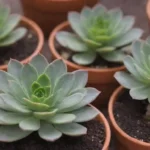 Tailoring Your Care Routine to Various Succulent Growth Patterns
Tailoring Your Care Routine to Various Succulent Growth PatternsBest Practices for Successful Propagation
To maximize the growth potential of succulents through propagation, employing best practices is vital. It is essential to monitor environmental conditions, select the right soil, and ensure appropriate watering techniques. Below, we will explore more practices to enhance the success of your propagation endeavors.
Soil and Watering Considerations
The right soil mix plays a significant role in the success of succulent propagation. Succulents require soil that drains quickly to prevent root rot, so it is essential to use a specialized succulent or cactus mix, or create your own by combining standard potting soil with perlite or coarse sand. This mixture promotes aeration and drainage while retaining enough moisture for the plant's needs.
Watering is another critical factor when propagating succulents. Initially, after planting cuttings or offsets, it is best to avoid heavy watering. Instead, lightly mist the soil or water it just enough to keep it moist without making it soggy. Over time, as new roots develop, you can gradually increase watering frequency. Once succulents are established, they can tolerate longer periods without water, following the adage: "When in doubt, don’t water." Observing the plant's overall health will guide frequency and amount of watering necessary.
Light and Temperature Conditions
Light is an essential component of a succulent’s growth, especially during propagation. After planting cuttings or offsets, it is advisable to place them in a bright location with indirect sunlight. Too much direct sun can lead to sun damage, while insufficient light may cause weak, leggy growth. As new leaves and roots start to develop, gradually expose them to more direct light to ensure robust growth.
In addition to light, maintaining optimal temperature conditions is vital for succulent propagation. Most succulents thrive in warm temperatures, generally between 65°F and 80°F (18°C to 27°C). Avoid exposing newly propagated plants to extreme temperature fluctuations or cold drafts, which may stunt their growth or lead to damage. Additionally, if propagating during the winter months, take special care to provide adequate warmth and light, as succulents may exhibit slower growth during this time.
Common Mistakes to Avoid
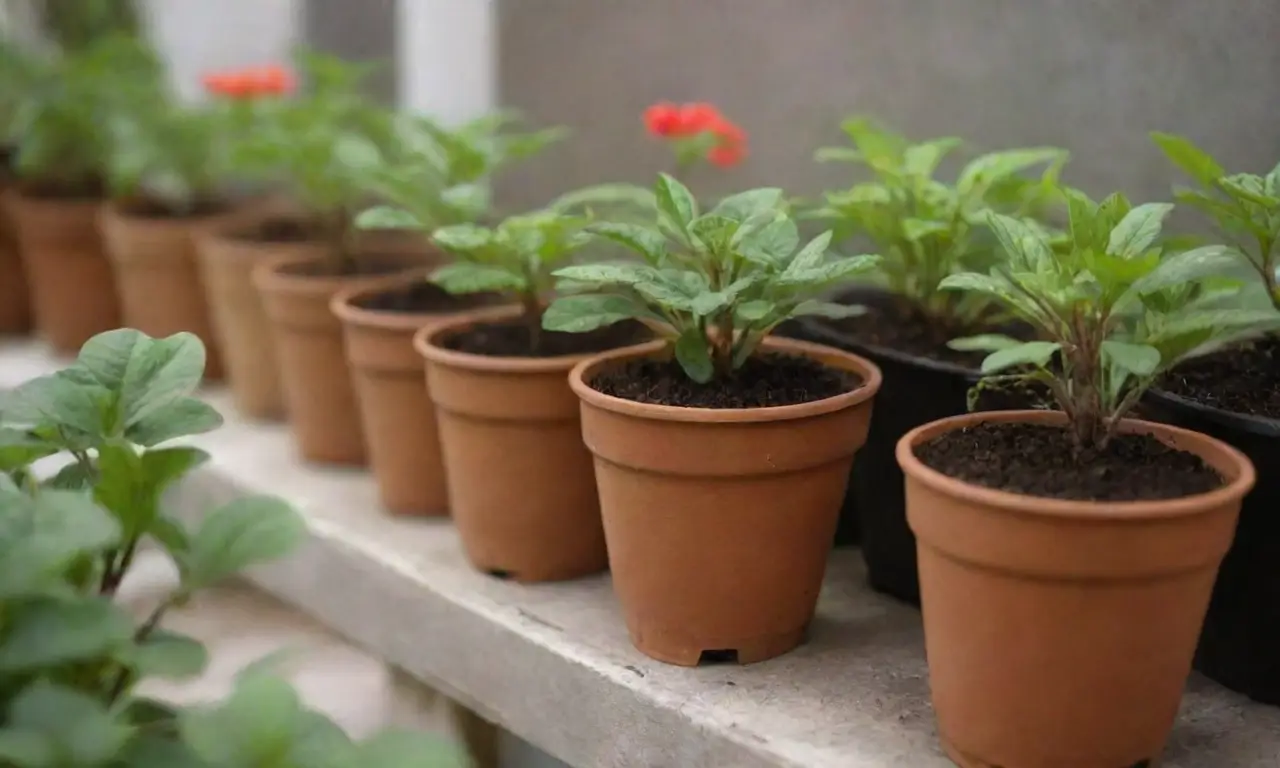
When it comes to succulent propagation, certain missteps can lead to less-than-ideal results. Learning to identify and avoid these common mistakes can help ensure successful propagation and a thriving succulent garden.
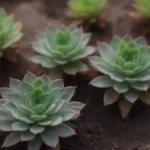 Key Indicators of Healthy vs. Unhealthy Growth in Succulents
Key Indicators of Healthy vs. Unhealthy Growth in SucculentsOverwatering
One of the most frequent issues faced by succulent propagators is overwatering. This mistake can result in rot, especially when cuttings are still developing roots. A good rule of thumb is to let the soil dry out completely before rewatering. Observing the color and texture of both the leaves and the soil can provide insights into the plant’s needs. If the leaves start to look plump and firm, they are likely receiving adequate moisture. Conversely, if they begin to wrinkle or feel mushy, you may need to adjust your watering habits.
Ignoring Pests and Diseases
Even while propagating, plants can fall victim to pests and diseases. Common pests such as mealybugs, spider mites, and aphids can target succulents, especially when environmental conditions are not favorable. Regularly inspect your succulent plants for signs of infestation, and if any pests are identified, use a gentle soap solution or neem oil to address the problem. Moreover, understanding the common diseases that can affect succulents helps in early detection and control. Fungal infections can result from excessive moisture; therefore, proper soil drainage and watering techniques can help avoid these issues.
Lack of Patience
Succulent propagation requires patience and understanding of the plants' natural growth cycles. Some cuttings may take longer to root than others, and not every attempt will yield success immediately. Accepting that propagation can be a trial-and-error process will help you develop your skills over time. Experiment with various succulent species and propagation methods to see what works best for your growing conditions. As you gain experience, you will become more adept at identifying the nuances of each succulent type and the best practices needed for their successful propagation.
Conclusion
Succulent plants offer a unique opportunity for garden enthusiasts and casual hobbyists to get involved in the world of propagation, creating new life from existing plants. By employing appropriate techniques such as leaf and stem cuttings, offsets, and seeds, you can take advantage of their manageable growth habits to establish and expand your succulent collection efficiently.
Understanding the best practices for soil, watering, light, and temperature can optimize your likelihood of success and ensure that your propagated plants thrive throughout their life cycles. By acknowledging common mistakes and adjusting your strategies accordingly, you can further enhance the growth potential of your succulents.
In essence, the art of propagating succulents can be a rewarding journey that not only enriches your gardening experience but also nurtures your love for these fascinating plants. With patience, observation, and care, you can witness the delightful transformation from a small cutting into a flourishing succulent ready to thrive in your home. By maximizing the growth potential in your succulents through propagation techniques, you are sure to appreciate the beauty and diversity they bring into your life.
 Exploring How Temperature Affects Succulent Growth Behavior
Exploring How Temperature Affects Succulent Growth BehaviorIf you want to read more articles similar to Maximizing Growth Potential in Succulents with Propagation Techniques, you can visit the Growth Patterns category.

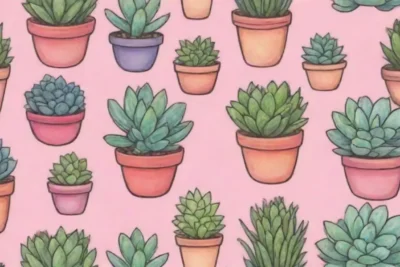
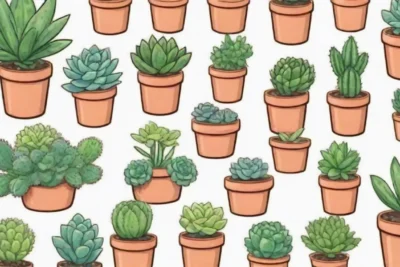

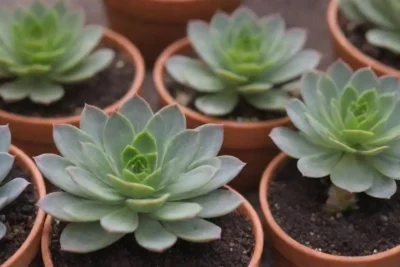
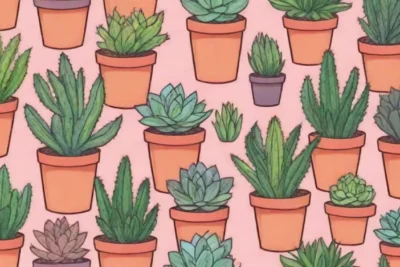
You Must Read